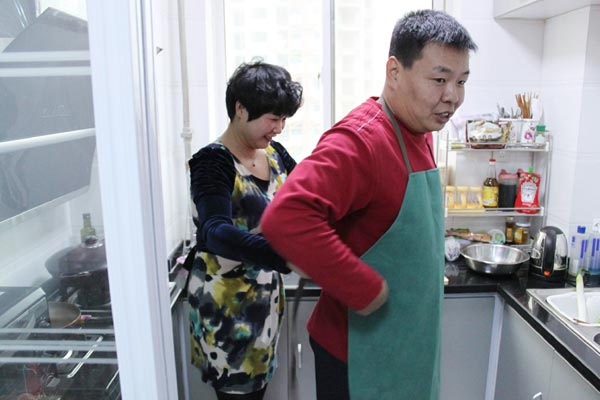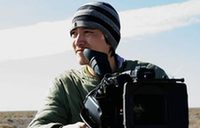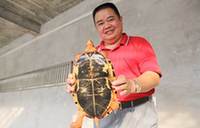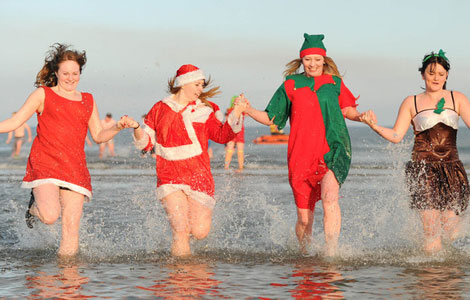Flying high once more
Updated: 2013-12-26 09:39
By Peng Yining (China Daily)
|
|||||||||||
 |
|
Shen cooks for the family during his two-month break at home after the operation. Peng Yining / China Daily |
Three months after the operation, Shen went back to his training base in Shandong. He joined his fellow pilots in classroom learning and physical training. From jogging for 30 minutes to running a half-marathon, Shen says it too him two months to get back to the level of exercise and fitness he had before the surgery.
|
 |
|
 |
|
 |
"I was feeling good, physically and mentally," he says. "I felt as good as before."
In September 2010, six months after the surgery, Shen applied to fly the fighter. But lingering side effects from medication caused him to fail the physical test.
"I was deeply disappointed," he says, "but I would never give up." After another six months, he finally passed the second checkup and was authorized to fly the fighter again.
Just in case, for Shen's first mission after the surgery, he was partnered to fly with an experienced co-pilot.
"Nevertheless, I was pretty nervous to be honest," says Shen.
Shen is familiar with the risks of being a fighter pilot: In the past two decades, he has witnessed three fatal accidents.
The most recent one was in 2009. A fighter jet crashed into the ocean on a training flight. The pilot, one of Shen's closest friends, died.
"I couldn't go to sleep on the night after he died," says Shen. "We had been studying and living in the same building for many years. We were very close, but all of a sudden he's gone. The plane exploded. We didn't even find his body."
Shen says his friend's accident made him think a lot about risk and death. "Being a fighter pilot means risking your life," he says. "But we all die. The point is to have worthy death."
Shen's first flight after the surgery went well. In the past two years, he has flown nearly 400 hours without incident, close to his average before the surgery.
Besides recovery training flights he completed dozens of mission with a high degree of difficulty including night flights across the ocean in low altitude.
"We flew lower than 100 meter over the water at a speed of 650 kilometer an hour," he says. "It was pitch dark outside, we could only depend on the radar.
Related Stories
Keeper shines at lighthouse 2013-12-17 07:35
Tree of knowledge offers more than maple leaves 2013-12-15 14:57
For the love of tigers, she sets them free 2013-12-10 09:36
Disability no barrier to can-do spirit 2013-12-03 13:18
Heart of gold 2013-11-28 11:05
Today's Top News
Chinese students in US take the road to luxury
China to take free navigation system global
Country's hepatitis B vaccines are safe: WHO
War shrine visit fury mounts
ODI on track to outstrip FDI
NSA phone program lawful: judge
China reports 12th vaccine-related death
Natural disasters kill 1,181 in China this year
Hot Topics
Lunar probe , China growth forecasts, Emission rules get tougher, China seen through 'colored lens', International board,
Editor's Picks

|

|

|

|

|

|





